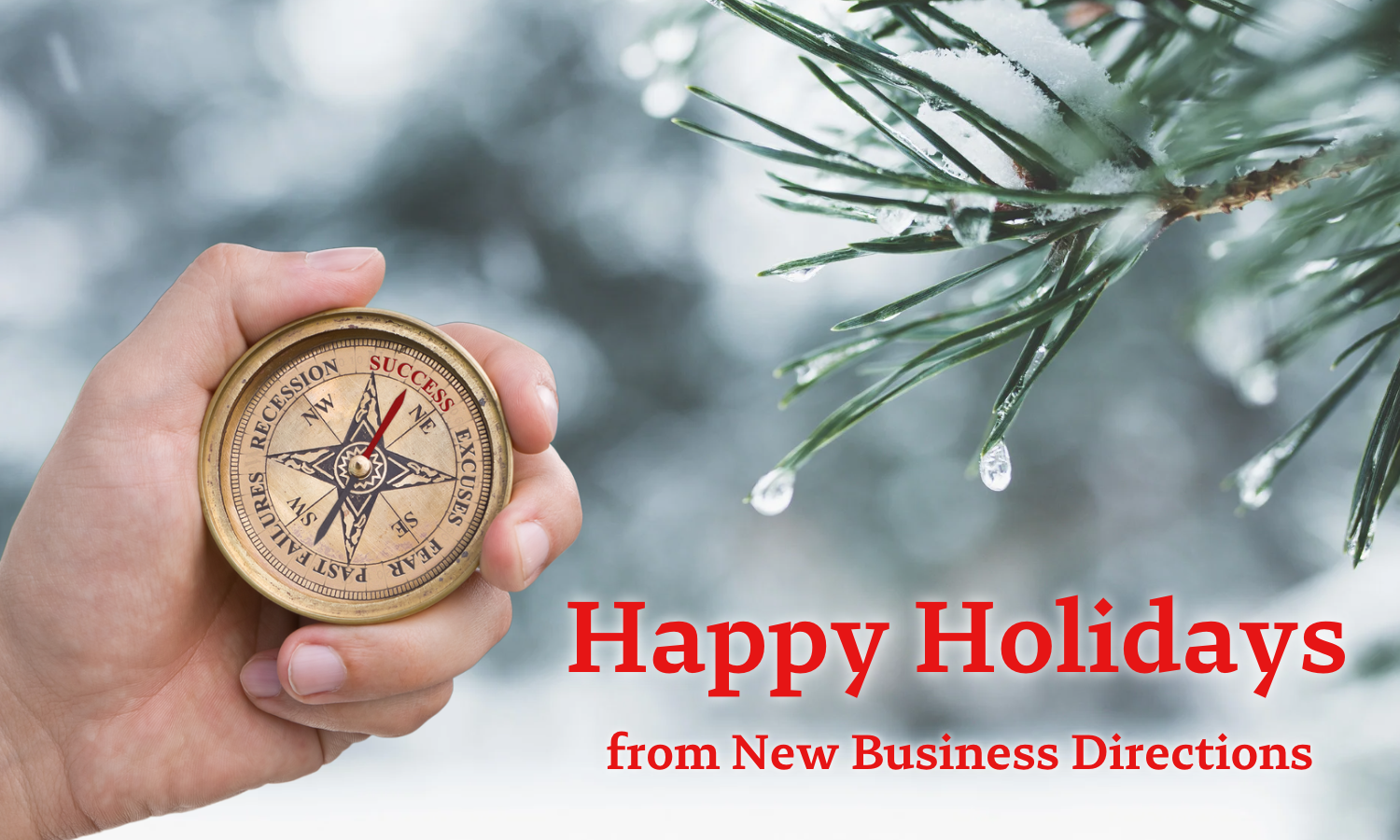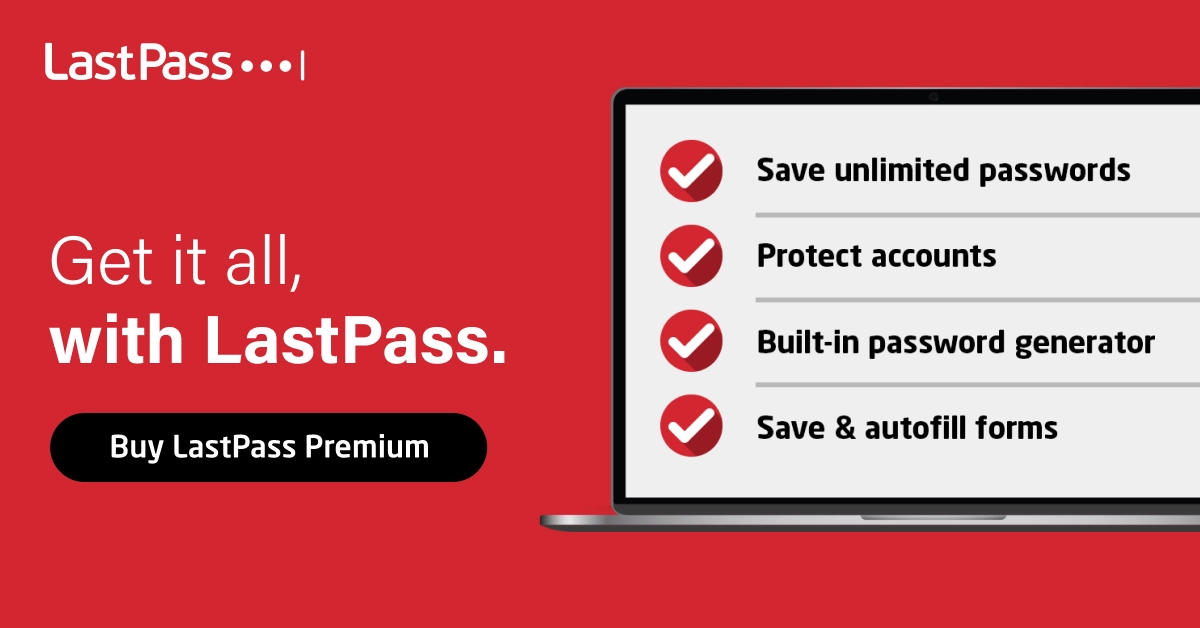 New Business Directions, LLC just wrapped up another unforgettable team retreat at Ocean Park in San Juan, Puerto Rico! As a fully remote team, opportunities to connect face-to-face, in real life, not just on a computer screen, are rare, which makes our annual retreat even more special.
New Business Directions, LLC just wrapped up another unforgettable team retreat at Ocean Park in San Juan, Puerto Rico! As a fully remote team, opportunities to connect face-to-face, in real life, not just on a computer screen, are rare, which makes our annual retreat even more special.
 This extended weekend was the perfect blend of relaxation, collaboration, and strategy. With the warm Puerto Rican sun as our backdrop, we stepped away from our daily routines to focus on strengthening our team dynamic and setting the course for another year of growth.
This extended weekend was the perfect blend of relaxation, collaboration, and strategy. With the warm Puerto Rican sun as our backdrop, we stepped away from our daily routines to focus on strengthening our team dynamic and setting the course for another year of growth.
 Beyond the work, we enjoyed the incredible energy of Ocean Park—morning beach walks, kayaking in the lagoon, local cuisine, and plenty of laughter. These moments reminded us why we do what we do: to support our customers, grow as professionals, and create a work environment that feels both fulfilling and fun.
Beyond the work, we enjoyed the incredible energy of Ocean Park—morning beach walks, kayaking in the lagoon, local cuisine, and plenty of laughter. These moments reminded us why we do what we do: to support our customers, grow as professionals, and create a work environment that feels both fulfilling and fun.
We returned refreshed, inspired, and ready to tackle the year ahead with a renewed sense of purpose. Until next time, Puerto Rico!
Looking to plan your own company retreat for a fully-remote team? See our guide on retreats for team building.


QuickBooks® Desktop 2022 software will be discontinued after May 31, 2025. This affects all 2022 versions. Starting from June 1, 2025, you will not have access to technical support and will not receive the latest security patches.
In addition, certain features will no longer be available in your QuickBooks® 2022 after May 31st – QuickBooks® payroll processing, workers’ comp payment service, QuickBooks® workforce, payment processing, merchant service deposit (reconciliation), recurring payments, eInvoice, accountant copy transfer service, contributed reports, multi-currency/exchange rate, online banking, emailing reports from within the software.
Intuit is encouraging all Desktop 2022 users to upgrade to QuickBooks® Enterprise 24.0 or QuickBooks® Online. However, a version of QuickBooks Desktop Plus 2024 is also available at no
additional charge to existing QuickBooks Desktop Plus subscribers.
New Business Directions recommends that if you have an existing QuickBooks® Desktop Plus subscription that you upgrade to the 2024 version. If you do not have an existing subscription, we recommend upgrading to QuickBooks® Desktop Enterprise Solutions 24.0.

We’re pleased to announce that Britney Schaub, our dedicated Office Manager and Certified QuickBooks ProAdvisor, has recently earned her QuickBooks Desktop Enterprise ProAdvisor Certification, QuickBooks Online ProAdvisor Certification, and Fathom Advisor Certification!
Britney’s achievements highlight her dedication to professional growth and outstanding service to our customers. They also strengthen our entire team’s capabilities here at New Business Directions.
It is no small feat to attain these certifications, let alone in such a short time. We are so proud of you, Britney!
Regards,
Rhonda Rosand, CPA
CEO, New Business Directions
Did you know? While New Business Directions works primarily with QuickBooks Desktop, we maintain ProAdvisor certifications in QuickBooks Online as well so that we can effectively navigate both platforms—all in the name of better serving our customers.

As a business coach and advisor, I’ve witnessed firsthand the transformative effects of company-sponsored team retreats. While retreats may conjure images of luxurious vacations, they are far more than just an opportunity for relaxation on the company dime. When strategically planned, a winter retreat to a warm weather climate–or a summer retreat to a more temperate environment–can be a powerful tool for fostering team cohesion, enhancing communication, and strengthening relationships among co-workers.
Let’s explore a few best practices for creating an impactful retreat, including a well-balanced itinerary, programming that aligns with your goals, and how to craft a retreat that ultimately benefits your organization and employees.
Striking the right balance: How to create a company retreat itinerary that prioritizes both work and play.
One of the most common misconceptions about team retreats is that they are solely about leisure and relaxation. While downtime and recreational activities do play a crucial role in fostering camaraderie, a successful retreat should also include structured work sessions aimed at achieving specific goals and objectives.
To craft a productive and meaningful agenda for your retreat, start by building out a timeline of the trip, accounting for structured planning sessions, meals, team-building activities, team leisure, one-on-one time, and independent time.
Once you have the framework for your retreat, it’s time to start planning your structured projects.
How to develop an agenda that aligns your team retreat with your company’s goals.
Integrating structured projects into the retreat agenda ensures that the time spent away from the office sets you up for success when you return. Depending on the objectives of the retreat and your team’s needs, these projects can range from brainstorming sessions to professional development, skill-building workshops, and strategic planning exercises.
For example, teams may collaborate on developing innovative solutions to current challenges, refining company values and goals, or enhancing communication and teamwork skills through interactive workshops. Retreats can also be a good time to address more serious topics, like disaster management and business continuity. By aligning the work with the retreat’s overarching goals, employees can benefit from a sense of purpose and accomplishment, and the company can benefit from a clear path forward and an engaged, satisfied team.
Meet with your team a few weeks before the trip to discuss the proposed itinerary, their perceptions of the company’s and team’s needs, and the results you’d like to achieve during the retreat.
A retreat is an investment in the health of your organization.
A company-sponsored employee retreat is not just a vacation. It is an investment in your team’s well-being and professional development. It is an opportunity to step away from the day-to-day grind, gain fresh perspectives, and strengthen bonds with colleagues in a relaxed and inspiring setting.
However, striking the right balance between work and play is essential. While recreational activities are important for promoting relaxation and socialization, they should complement, not overshadow, the work component of the retreat. By carefully curating the agenda to include a mix of structured projects and leisure activities, you can create a retreat experience that is as impactful as it is enjoyable.
A company retreat to an enjoyable climate offers a unique opportunity for team-building and relationship-building among co-workers. By combining structured work sessions with recreational activities, companies can foster a sense of camaraderie, boost morale, and enhance productivity. So, embrace the sun and consider investing in a company-sponsored retreat for your team!
Remember, it’s not just about the destination—it’s about the journey and the connections forged along the way.

Living the dream with the dream team! New Business Directions, LLC had an amazing opportunity to escape the cold New Hampshire winter for a few days in Puerto Rico. This was a great chance for the team to relax, refresh, and come together to create a better work experience.
The team was able to take full advantage of the beautiful Puerto Rican sunshine and catch a break from the everyday hustle and bustle of the office to get intentional with its efforts for the year ahead. While they were there, they were able to plan for the future, strengthen their team dynamic, and come up with creative solutions to improve processes and take advantage of individual strengths. This was an experience that the team will never forget, and they are already looking forward to doing it all again next year!

The IRS announced earlier this month that it has increased the optional #StandardMileageRate used to calculate the deductible costs of operating a vehicle for business. The new rate, effective January 1, 2023, will be 65.5 cents per mile driven, which is an increase of 3 cents from the unusual mid-year increase we saw in 2022.
For full information, including deductible amounts for miles driven in service of charitable organizations, medical, or moving purposes for members of the armed forces, read the full article from Journal of Accountancy linked here: https://www.journalofaccountancy.com/news/2023/jan/business-standard-mileage-rate-increases-2023.html

Did you forget your password again? Are you using the same password for multiple log-ins? Have you been locked out of your online banking? Again?
If you answered yes to even one of these questions, keep reading–we have some insight that might help!
At New Business Directions, we take data security very seriously–a compromise of our security system is, quite simply, not an option. That’s why we use LastPass, a game-changing application we think would improve the lives of all of our customers.
LastPass is a password management solution that uses strong encryption algorithms to store and protect your sensitive information while removing the stress of logging in. No more forgotten password runarounds, hacked Facebook accounts, or “this password is too weak” messages.
When you create an account with LastPass and install the app’s browser extension, your log-in credentials will always be current on every web-based platform you utilize. LastPass will auto-fill your credentials on a website, update your records when it sees your credentials have changed, and save your log-in information when it notices you’re signing in to a location that’s not saved in your Vault.
LastPass also makes sharing sensitive data with other people (like your accountant) easier. From the LastPass Vault, you can opt to share a password to another individual with or without their ability to view the password. By using the sharing feature, whenever your passwords are updated in your Vault, they’re also automatically updated for anyone else you’ve shared access to.
The functionality of LastPass extends even further, with options to add information to your password cards like a one-time password or security questions and answers. Plus, their secure password generator can help you create complex passwords that are more secure than the variations on a common theme you might be using. If you’re interested in learning more about LastPass or signing up for your small business, reach out to us. You can also learn more by visiting this link.

The Employee Retention Credit is one of the many IRS tax breaks for businesses that was included in the 2020 CARES Act as well as the recent Consolidated Appropriations Act, 2021. This credit is intended to provide financial relief to businesses that suffered from the effects of coronavirus but retained their employees.
The credit is available to eligible employers that paid qualified wages from March 13, 2020 through June 30, 2021. To be eligible, a business’s operations must have been fully or partially suspended as a result of national, state, or local orders or it must have experienced a significant reduction in gross receipts within a single quarter of 2020 compared to the same quarter of 2019 (this is defined as fifty percent or more in the first three quarters of 2020 and twenty percent or more in the fourth quarter of 2020 and first two quarters of 2021).
Wages and health costs paid by the employer on behalf of the employee can be counted for the credit, and there is a cap of $10,000 per employee per year in 2020 and $10,000 per employee per quarter in 2021. For 2020, the credit amounts to fifty percent of qualifying wages, and for 2021, the credit covers seventy percent of qualifying wages. Any wages used in a Paycheck Protection Program loan forgiveness process are not eligible; in other words: no double-dipping.
This tax credit is a little different as it interplays with payroll taxes and not income or business taxes. The credit can be taken on the IRS Form 941. Some employers can request an advance by completing Form 7200. Tax professionals are awaiting further guidance on details of the expanded program.
For qualifying employers, the amount received from the credit can be substantial. Since this credit affects your payroll taxes, payroll tax forms, and payroll tax filings, you will want to make sure it doesn’t fall through the cracks, especially if your payroll function and income tax preparation are handled by two different companies.
If you believe your business may be eligible, contact your tax professional to see how to get started.
Qualifying small businesses can now apply for Paycheck Protection Program (PPP) loans through certain lenders. The Small Business Administration (SBA) reopened its PPP portal on January 11, 2021 after Congress passed and the President signed legislation in December 2020, authorizing the continuation of the program and an additional $284 billion in funds.
The program allows for two types of applications:
- First Draw Loans to qualifying entities that did not receive a PPP loan in 2020, and
- Second Draw Loans for previous PPP loan recipients and with a narrower set of qualifications.
First Draw PPP Loans for First-Time Borrowers
Borrowers that qualify for first-draw PPP loans can apply for up to 2.5 times their average monthly payroll costs (with caps), for a maximum loan amount of $10 million. Generally speaking, the applicants must have been in operation on February 15, 2020 and be among the following types of businesses:
- Businesses with 500 or fewer employees that are eligible for other SBA 7(a) loans
- Sole proprietors, some self-employed individuals, and independent contractors
- Nonprofits, including churches
- Sec. 501(c)(6) businesses
- Food or lodging operations with NAICS codes that start with 72 and with fewer than 500 employees per location
- Certain news operations with qualifying NAICS codes in the 51 range
A number of entities are specifically prohibited from receiving loans.
The SBA application for First Draw Loans is here:
https://www.sba.gov/document/sba-form-2483-ppp-first-draw-borrower-application-form
The applicant must attest to the necessity of the loan, among several other declarations.
Second Draw PPP Loans for Borrowers That Received a PPP Loan in 2020
Borrowers that qualify for a second-draw PPP loan can apply for up to 2.5* times their average monthly payroll costs (with caps), for a maximum loan amount of $2 million. Generally speaking, the applicants must qualify as follows:
- Employ no more than 300 employees
- Have spent all of their first PPP loan on eligible expenses
- Do not have to apply for forgiveness for the first loan ahead of receiving the second loan
- Can show a 25 percent drop in gross receipts in any one 2020 calendar quarter from 2019. If it’s easier to show a 25 percent drop for the entire 2020 year compared to 2019, applicants can submit their tax returns as proof.
*Companies with NAICS code 72, which generally speaking are food and lodging operations, can borrow up to 3.5 times their average monthly payroll costs (with caps).
The SBA application for Second Draw Loans is here:
https://www.sba.gov/document/sba-form-2483-sd-ppp-second-draw-borrower-application-form
The applicant must attest to the necessity of the loan, among multiple other certifications and declarations.
Loan Forgiveness
PPP loan recipients can apply to have PPP loans forgiven if the funds are used within a specified covered period from 8 to 24 weeks on the following eligible costs: payroll (60 percent of funds), rent, covered worker protection and facility modification expenditures, covered property damage costs, certain supplier costs, accounting (!) expenses, and a handful of other qualifying expenses.
Timing
The SBA portal opened Monday, January 11, 2021 for first-draw loans by lenders (about 10 percent) that cater to underserved communities. These include Community Development Financial Institutions (CDFIs), Minority Depository Institutions (MDIs), Certified Development Companies (CDCs) and Microloan Intermediaries.
On Wednesday, January 13, 2021, the SBA application portal began accepting applications for Second Draw loans. A few days later, additional lenders will be added to the portals.
SBA says it “plans to dedicate specific times to process and assist the smallest PPP lenders with loan applications from eligible small businesses.”
What to Do Next
Here are some suggested steps to get ready for this next round of PPP funds.
- Determine which lender you want to use to apply for PPP funds.
- Visit your lender website to see if they have a PPP notification signup so you can get notified of updates.
- Collect the documents you need for the application.
a. Payroll summary reports
b. Profit and loss statements
c. Tax returns - Begin calculating the amounts you’ll need for the application:
a. Gross receipts by quarter for 2020 and 2019
b. Average monthly payroll costs, including cap limits for wages over $100,000, for the year you want to use (2020, 2019, or the year from the application date) - Contact us if you need help with documentation or calculation or other advice.
- Contact your tax preparer about tax ramifications.
- Contact your attorney to evaluate the loan agreement.
Further PPP Resources
Updated PPP Lender forms, guidance, and resources are available at www.sba.gov/ppp.
CARES Act Treasury page: https://home.treasury.gov/policy-issues/cares/assistance-for-small-businesses
Jan 6, 2021 SBA PPP Interim Final Rule – 82 pages
https://home.treasury.gov/system/files/136/PPP-IFR-Paycheck-Protection-Program-as-Amended-by-Economic-Aid-Act.pdf
Jan 6, 2021 SBA PPP Second Draw Interim Final Rule – 42 pages
https://home.treasury.gov/system/files/136/PPP-IFR-Second-Draw-Loans.pdf
 New Business Direction LLC
New Business Direction LLC
